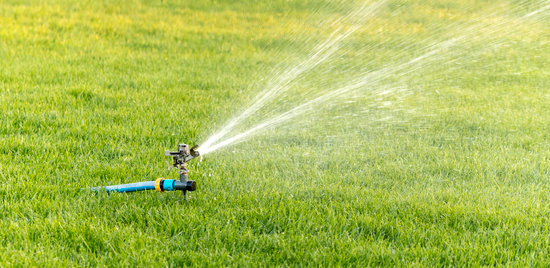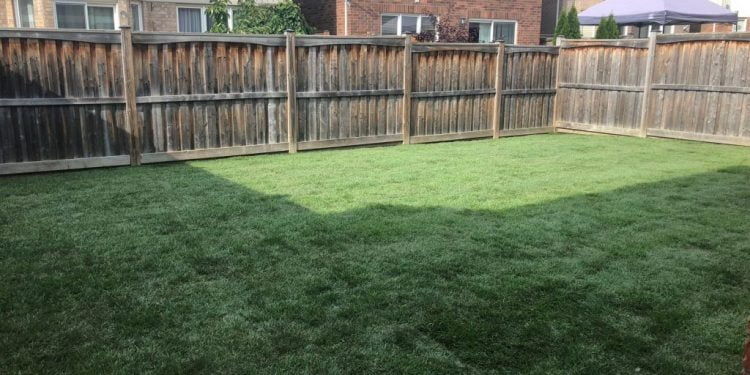If you have a freshly sodded yard, then it means that you have invested something that will benefit your property in the long run. It is necessary to do new sod care to maintain your new sodded lawn’s beauty and verdant color. The first few weeks are very critical, and you need to pay attention to the needs of your lawn. There are three vital things to remember, watering, mowing, and proper lawn care. Watering is given to any lawn, but some homeowners failed to do it properly. Also, you need to know the right timing to mow the lawn to avoid shrinkage and stunted growth.
New sod care is not hard to do with the help of a sod farmer or provider that you hire to install your sod. A reputable sod farmer will give you detailed information on how to take good care of the lawn.
1. Establish a Watering Schedule
You must create a watering schedule to avoid memory lapses. Unable to properly water the lawn will make the soil dry and prone to shrinkage and may result in dryness of the grass. When watering new sod, you can choose an irrigation system or just a good water hose.
Week 1: Water the lawn twice a day during the morning and before dawn. Avoid watering in the evening when the temperature drops.
Week 2: Water the lawn once every day at around 11 am.
Week 3: Water every third day of the week, but look for signs of stress like the curling of grass blades. Curling is a sign of the dryness of the grass. A healthy grass blade looks very flat.

Watering new sod requires careful monitoring of the edges and the perimeter of the sod to look for dry areas. However, overwatering can decrease oxygen in the roots that can lead to the development of plant diseases. Also, consider the type of soil used for the sod. Sandy loam soil may require five times watering a day with seven minutes intervals for each. Observe if the water stands beneath the sod for more than a few minutes after irrigation or if the soil gets too soggy, then it means that you are overwatering the sod.
Evening time is the worst time to water the sod as it can promote the growth of fungus. Before the first mowing, you need to reduce the frequency of watering. It will help to make the soil firmer for an easy mowing process.
2. The right Time to Mow
Another important consideration for new sod care is to know when to mow. It is not recommended to do mowing of the sod until the grass blades reach 5 inches tall. You may wait until six weeks right before you mow. Before you start mowing, make sure that you set the blade to the highest level to ensure that you will only cut the top of the grass blades.
After the first mow and you notice that more blades are coming up, you can lower the blades. However, if you notice uneven growth of grass blades, then wait for a few more days until the roots have already been established.
3. Apply Fertilizer
The application of fertilizer is vital for new sod care. You can always ask your sod provider for the best and most recommended fertilizer for the type of grass that you have. You need new sod fertilizer that can promote the growth of a healthy root system. The best types of fertilizer for sod are liquid, and avoid putting granular fertilizer. It is hard for the grass to process the nutrients from solid fertilizer. It will add to the stress of the new sod. Liquid new sod fertilizer is easier to synthesize and converted into workable nutrients for the grass.
4. Consider the Type of Grass
New sod care also depends on the type of grass that you choose to install on your lawn. Each type of grass also requires special care or treatment. The sod farmer can give you important reminders on taking good care of the sod according to its type. Also, choose a sod farmer that can offer extended care and maintenance services after installation.
Important Reminders
As much as possible, you need to refrain from walking on new sod for at least ten days. It is imperative to reduce foot traffic on the sod within three to four weeks, especially if the soil is dry or too soggy. New sod care is very important to help the roots establish deep within the sod without disturbance and stress. If you need to walk on the sod, it is helpful if you will walk in a different direction to avoid stressing the same area.











